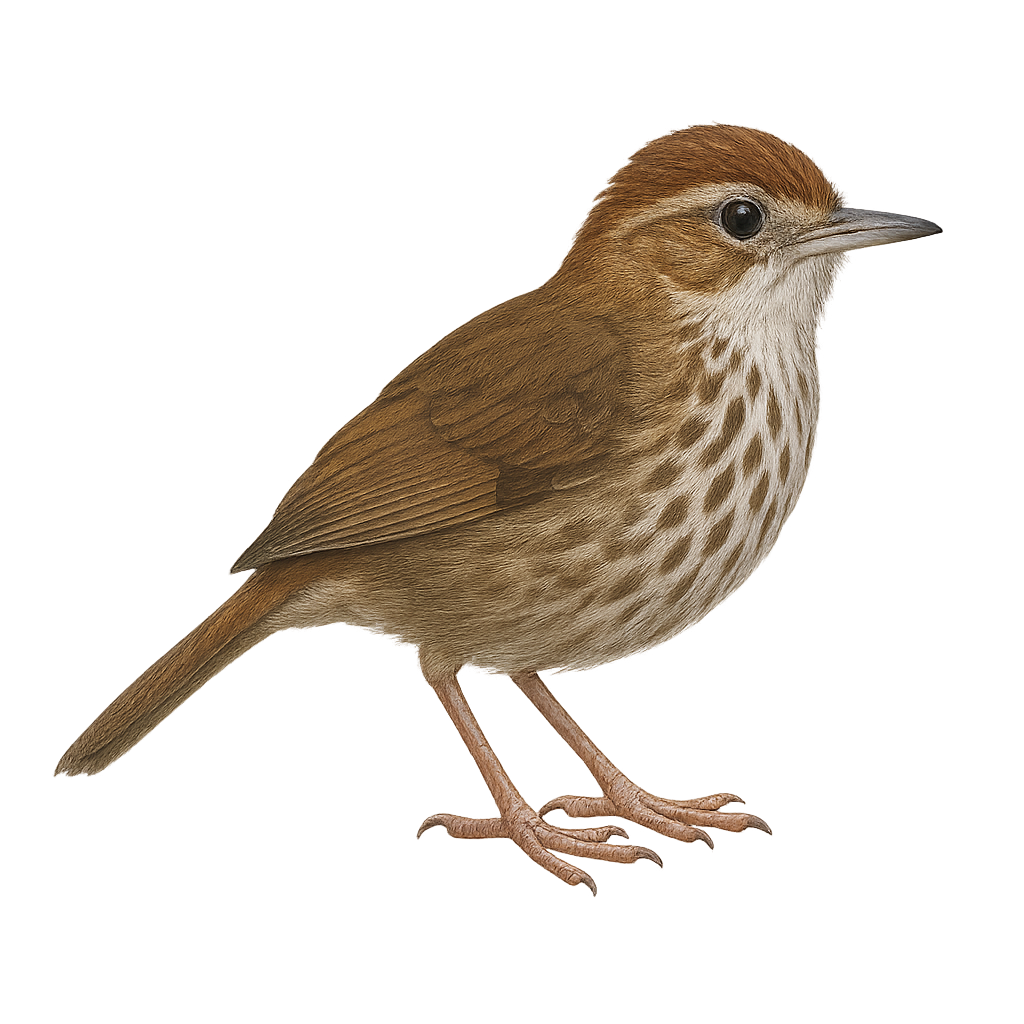Your wildlife photography guide.
Explore the rufous-headed babbler in detail, study its behavior, prepare your shots.
Where to observe and photograph the rufous-headed babbler in the wild
Learn where and when to spot the rufous-headed babbler in the wild, how to identify the species based on distinctive features, and what natural environments it inhabits. The WildlifePhotographer app offers tailored photography tips that reflect the rufous-headed babbler’s behavior, helping you capture better wildlife images. Explore the full species profile for key information including description, habitat, active periods, and approach techniques.
Rufous-headed Babbler
Scientific name: Pellorneum ruficeps

IUCN Status: Least Concern
Family: PELLORNEIDAE
Group: Birds
Sensitivity to human approach: Suspicious
Minimum approach distance: 5 m
Courtship display: April to July
Incubation: 13-15 jours
Hatchings: April to August
Habitat:
tropical forests, dense undergrowth
Activity period :
Primarily active during the day, with peak activity in the morning and late afternoon.
Identification and description:
The Rufous-headed Babbler, or Pellorneum ruficeps, is a small, elusive bird found primarily in the tropical forests of Southeast Asia. Its distinctive rufous head contrasts with its dull brown body, allowing it to blend seamlessly into its wooded surroundings. This bird prefers dense undergrowth where it can move stealthily in search of insects and small invertebrates. Although often heard due to its melodious song, it is rarely seen as it hides in thick foliage. The Rufous-headed Babbler is a social bird, often observed in small groups, and plays a crucial role in the ecosystem by controlling insect populations.
Recommended lens:
400 mm – adjust based on distance, desired framing (portrait or habitat), and approach conditions.
Photography tips:
To photograph the Rufous-headed Babbler, it is advisable to use a telephoto lens of at least 400 mm to capture detailed images without disturbing the bird. Look for areas of dense undergrowth where this bird is likely to hide. Be patient and listen for its song to locate its position. Use a tripod to stabilize your camera and wait for the bird to appear. Natural morning or afternoon light is ideal for obtaining high-quality images.
The WildlifePhotographer App is coming soon!
Be the first to explore the best nature spots, track rutting seasons, log your observations, and observe more wildlife.
Already 1 449 wildlife lovers subscribed worldwide

